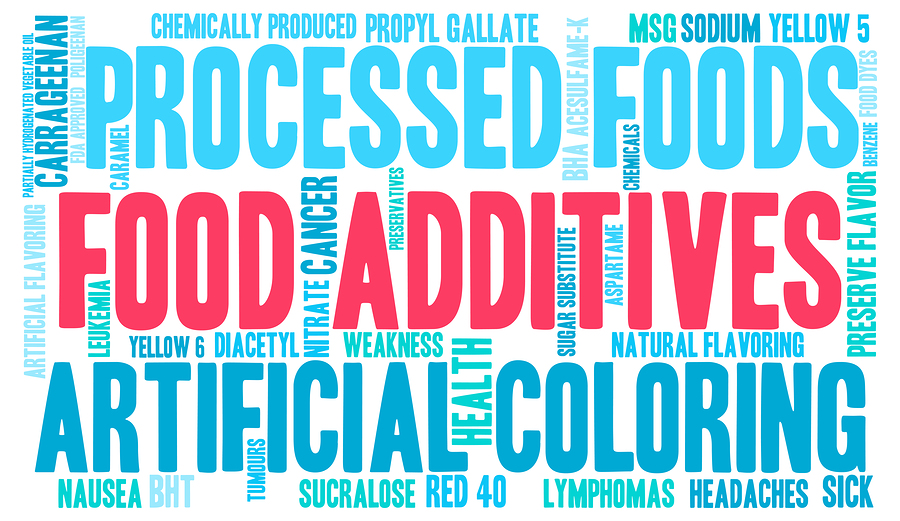This post may contain affiliate links. We are compensated for referring customers to our affiliate partners.
Your cat deserves the best nutrition, just as you do. With so many different types of cat foods, how are we supposed to know what to avoid? There are some basic ideas that every cat owner should know about the food they are giving their fluffy friends. Each cat is different, breed and medical health play a big part in choosing what to feed your cat but we will at least equip you with some general ingredients to be wary of if you read them on a label.
By-Products In Your Cat’s Food
Feline nutrition has some uncanny similarities to the concerns we have for our own diets. By-products are basically just a filler so food companies can get as much of something in a package as possible. By-products are actually just parts of a good source of food that should be thrown out but they use anyway to save on money. Examples of meat by-products can include kidney, liver, bone, blood or other internal organs that are not clean.
Protein is the most important nutrient for your cat to have in their diet. If you see that by-products are on your cat food label you are feeding them a insufficient form of protein. The other disturbing part of meat by-product is that it is never specified what animal we are getting the meat or by-product from. It’s just kind of the excess parts that they can get away with adding. You wouldn’t want to eat that, so respect your cats health enough to not feed them by-products either.
There are also some other types of “fillers” frequently used, such as corn meal. The presence of these other fillers will result in more carbohydrates, which is not recommended for cats.
Chemical Preservatives
Just as in our food there is an increasing amount of preservative chemicals companies are using in your cat’s food. Although effective in preserving the food many of the chemicals used have been found to cause feline cancers. In the perfect food there shouldn’t be anything artificial but we understand that isn’t the easiest thing to find. There are some common chemicals we find in the food that can be harmful to the long term health of your cat.
BHA and BHT are two chemicals who are used to preserve animal foods that are known carcinogens. Butylated hydroxyanisole and butylated hydroxytoluene are added in small amounts to the food to pass regulations but extended ingestion has proven to cause tumors in animals. Dicalcium phosphate is often added to pet foods to warrant a better textured food but it can cause calcification of soft tissue and lead to kidney stones. Ethoxyquin is a chemical used to preserve foods that was originally developed as a pesticide. Continually consume the chemical can lead to liver damage, immune deficiency, cancers, among other complications.
These chemicals are regulated by the FDA but only some preservatives have been outlawed completely. It is important that you check all your labels and buy quality food for our animals as prolonged use of foods containing this chemicals can lead to serious health complications. There are some natural alternatives that have been popular in some of the healthier choices of food that you should be keeping your eye out for.
Marketing Additives
Just like our food many companies spend time adding to a quality food in order to make it more attractive to the consumer. Color dyes are added to cat foods to help make it look interesting t the owner. Dyes can contain some carcinogens that lead to cancers in animals. Coloring is only good marketing to us, don’t be fooled.
Another marketing ploy some companies have tried is adjusting the taste of the food to be more appealing to the cats. This is intriguing for pet owner’s that may have had some issues with picky eating. The concerns arise with how the company goes about changing the taste. Rendered fats can be used in dry foods to enhance the taste but it can become a source of toxins and microorganisms that cause illnesses, such as Salmonella. Also, the addition of excess fats for taste takes away nutritional value in the high protein foods. Be aware that the addition of dyes and other things to grab your attention can be unhealthy for your cat.
Natural Cat Food Ingredients
When looking for the safest foods to feed your cat there are a few things to remember. It is important to find a brand that understands long term effects of the lower quality ingredients and the importance of quality protein in the cats carnivorous diet. You want to look for ingredients that have specifics about the meat inside and does not mention by-products. High quality brands have been able to find other, natural ways to preserve the food. The less complicated the ingredient list the better. When we see Vitamin C and vitamin E in the ingredient list that company has chosen to use a natural preservative instead of a harmful chemical.
Avoiding additives, especially chemicals and by-products will provide your cat with a healthy diet that promotes proper digestion and nourishes them without becoming detrimental. The more simple and specific ingredients on your cat’s food are the safer and better they are to keep them happy and healthy.



